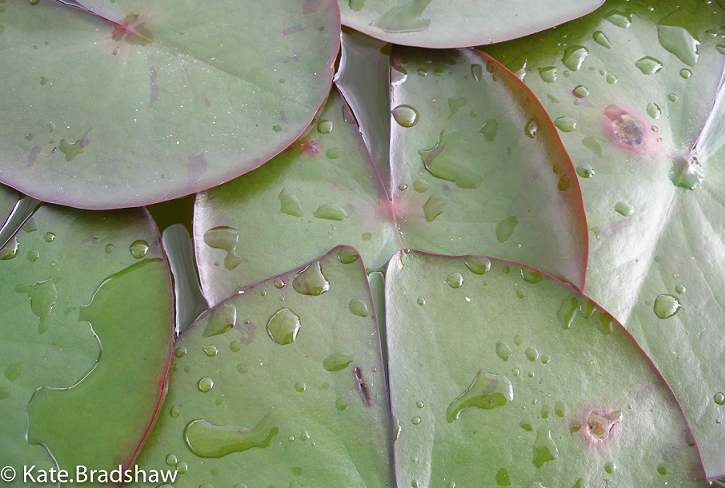Leaf Structure as Environment Indicator

Microscopic study of leaf structure relating to environment
This experiment was produced in collaboration with Assoc. Prof. Dr. Nazirah Ahmad Azli, Biology Section, School of Distance Education (SDE), Universiti Sains Malaysia.
Introduction
The structure of the leaf is dependent on the plant’s environment.
As the term suggests, Hydrophytes refer to plants adapted to growing wholly or partly submerged in water or a wet habitat as in aquatic plants. Hydrophytes have less need to conserve water, so they often have reduced cuticle and fewer stomata. Floating leaves have stomata only on their adaxial (upper) surfaces, while submerged leaves generally have none at all. They tend to have less supportive tissues too.
Mesophytes are plants that are adapted to a moderate environment - neither particularly dry nor wet, as they just need adequate water. In Greek 'meso' means middle and 'phyte' refers to plant.
Xerophytes are plants adapted for life in a habitat where water is scarce such as an arid environment like the desert. Xerophytes are variously adapted to conserve water, and commonly also to store large quantities of water, during dry periods. Xerophytic adaptations include waxy leaf coatings or cuticles, the ability to reposition or fold leaves to reduce sunlight absorption, the development of a dense, hairy leaf covering and sunken stomata.
Plants can be classified as such by examining the leaf anatomy and adaptations that may have occurred. Differences in anatomical structures could be found in the thickness of cuticle and epidermal layer and number of stomata, among others. Counting the frequency of stomata on a leaf surface and estimating their size can indicate the survival strategy of the plant. Measuring the thickness of the cuticle and epidermal layers of the leaf is also another indicator of plant strategy. However in these specimens, the cuticle layer may not be highly visible in some species with very thin cuticle layer. But the thickness of the epidermal layer can be measured. There are various other differences in leaf anatomical structures that can be attributed to the adaptations of plants to their environment. Plants can therefore be classified accordingly.
Before you get started it is a good idea to try the A-level : Virtual Microscope.
In this current experiment, four slides of leaf specimens are presented within a virtual microscope along with slide descriptions. Two activities will be carried out pertaining to the first three slides to enable you to classify leaf specimens A, B and C in slide 4 according to their living environment.
Before launching the microscope, open the Leaf Structure as Environment Indicator Activities PDF document below.